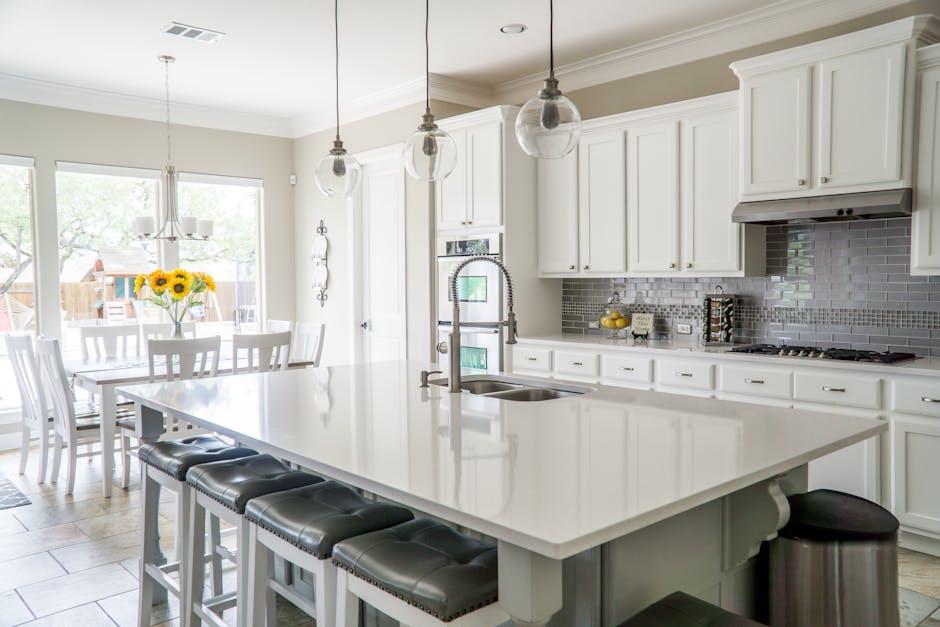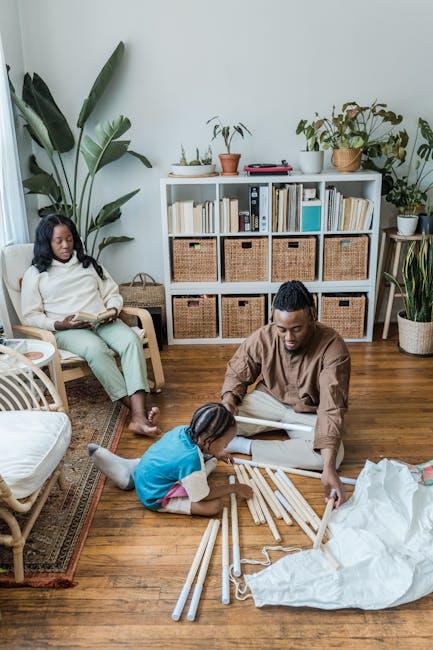In the heart of every home, the kitchen is more than just a place to prepare meals-it’s a stage where creativity and routine blend. While ingredients and technique often take center stage, an unsung hero quietly shapes the cooking experience: lighting. The way a kitchen is illuminated can subtly influence our mood, focus, and even the flavor perception of the dishes we craft. This article explores how different styles and intensities of kitchen lighting impact your cooking mood, transforming the everyday act of meal preparation into an inspired and enjoyable ritual.
The psychological effects of lighting on culinary creativity
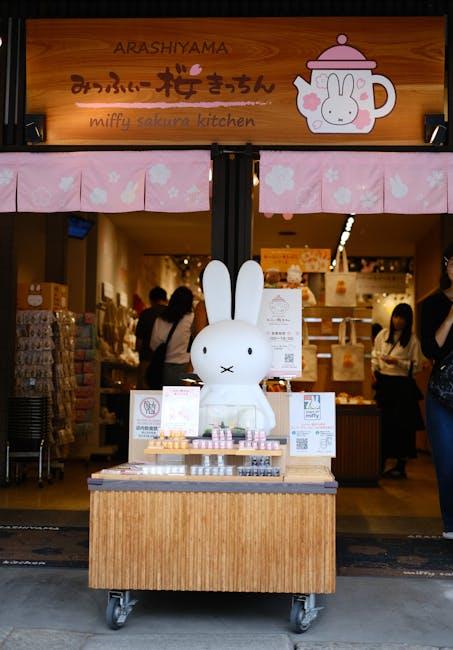
Lighting does more than illuminate ingredients-it shapes the very essence of your culinary expression. Warm, dim lights invite relaxation and foster intuition, allowing flavors to emerge organically and encouraging experimental plating. Conversely, bright, white lights enhance focus and precision, ideal for chefs seeking meticulous attention to detail or mastering complex recipes. Subtle shifts in hue can alter your perception of food colors, subtly influencing your emotional response and creative mindset. For example, amber tones can stimulate appetite and warmth, while cooler blues might promote calm but sometimes inhibit appetite.
Consider the psychological effects of different lighting setups in your kitchen:
- Soft warm lighting: Enhances comfort and imaginative thinking.
- Bright daylight bulbs: Boost alertness and technical precision.
- Colored accent lights: Stimulate mood and thematic creativity.
Designing your cooking space with these principles in mind can enhance not only your productivity but your connection to the culinary process itself. Below is a simple comparison to help you customize your lighting according to your creative needs:
| Lighting Type | Mood Influence | Best for |
|---|---|---|
| Warm Amber | Relaxing, Cozy | Casual cooking, creative free-styling |
| Daylight White | Focused, Alert | Detailed prep, new recipe trials |
| Soft Blue | Calming, Reflective | Recipe brainstorming, plating art |
Choosing the right color temperature for an inviting kitchen atmosphere
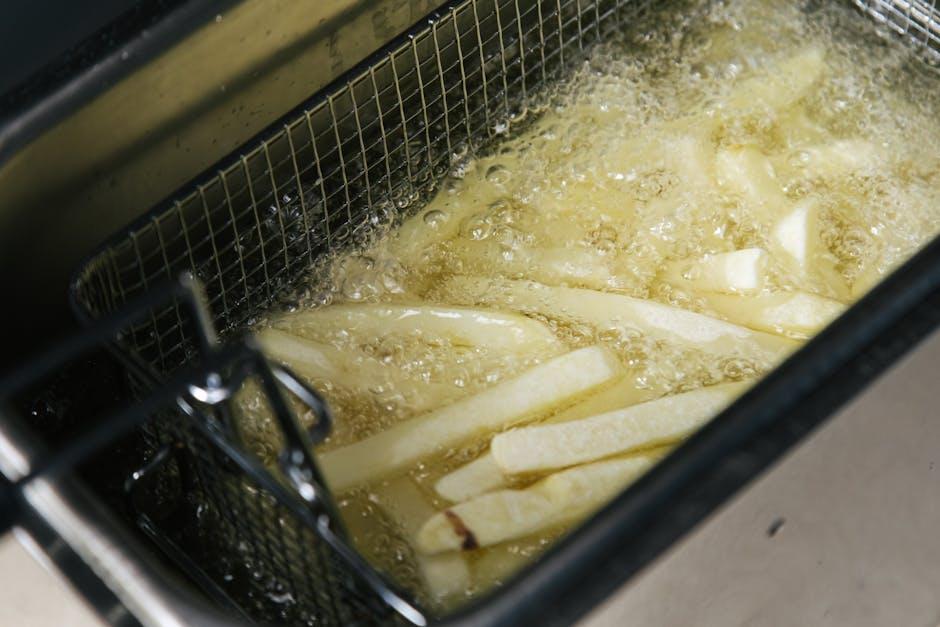
Finding the perfect balance in lighting color temperature can dramatically shape how comfortable and inviting your kitchen feels. Opting for warmer tones-typically between 2700K and 3000K-infuses the space with a cozy, welcoming glow that enhances natural wood finishes and softens the look of stainless steel appliances. This warmth encourages relaxation and companionship, making it ideal for family dinners or casual chats while cooking. On the other hand, cooler temperatures ranging from 3500K to 4100K provide a crisp, energizing ambiance that sharpens focus and is excellent for detailed food prep, highlighting the true colors of fresh ingredients.
Consider how different zones in your kitchen can benefit from varied light temperatures to create a harmonious environment:
- Cooking areas: Bright, cool white lighting to maintain alertness and clarity.
- Dining spaces: Warm, soft light to foster intimacy and ease.
- Countertops and islands: Neutral white for balanced visibility and comfort.
| Color Temperature (K) | Atmosphere | Best For |
|---|---|---|
| 2700K – 3000K | Warm & cozy | Dining areas, family gatherings |
| 3500K – 4100K | Neutral & balanced | Food prep, general lighting |
| 5000K+ | Bright & energizing | Detail-oriented cooking, work zones |
Balancing brightness and shadows for enhanced focus and comfort
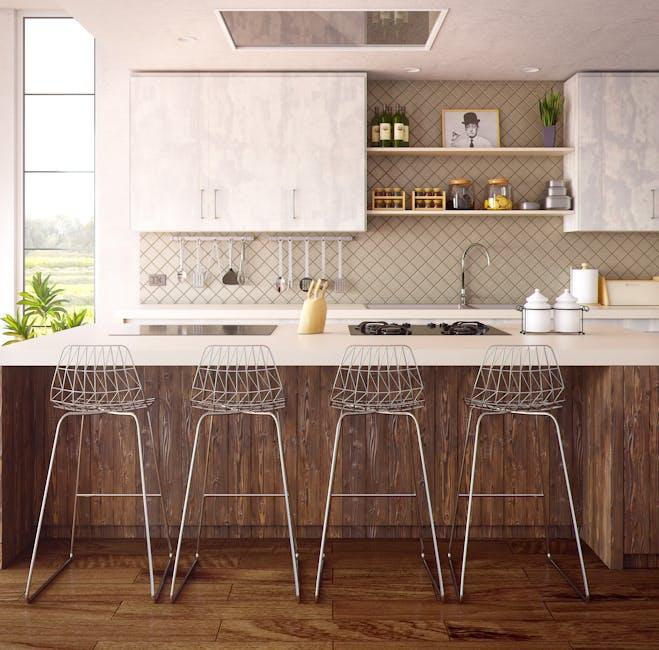
Achieving the right interplay between brightness and shadows in kitchen lighting is essential to create a space that is both visually inviting and functionally efficient. Overly bright lighting can cause glare, making it difficult to see fine details and leading to eye strain, while insufficient light results in dullness and hampers precision during food preparation. By thoughtfully layering different types of light-ambient, task, and accent-you can sculpt your kitchen’s atmosphere, emphasizing key areas without overpowering the senses. This balance encourages a sense of calm and focus, turning mundane cooking routines into immersive, enjoyable experiences.
Consider integrating these lighting techniques to strike a harmonious balance:
- Adjustable task lighting – Use dimmable spotlights or under-cabinet LEDs to illuminate countertops, allowing control over brightness levels based on the task at hand.
- Soft ambient glow – Combine warm-toned ceiling fixtures or pendant lights with shaded lamps to create even illumination that reduces harsh shadows.
- Strategic accent lights – Highlight art, backsplashes, or architectural features to introduce depth and visual interest without adding visual noise.
| Lighting Type | Effect on Mood | Best Use |
|---|---|---|
| Bright White | Energizing & Focused | Task Areas |
| Warm Yellow | Comforting & Relaxed | Ambient Lighting |
| Soft Accent | Inviting & Stylish | Decor Highlights |
Practical lighting setups to elevate your cooking experience
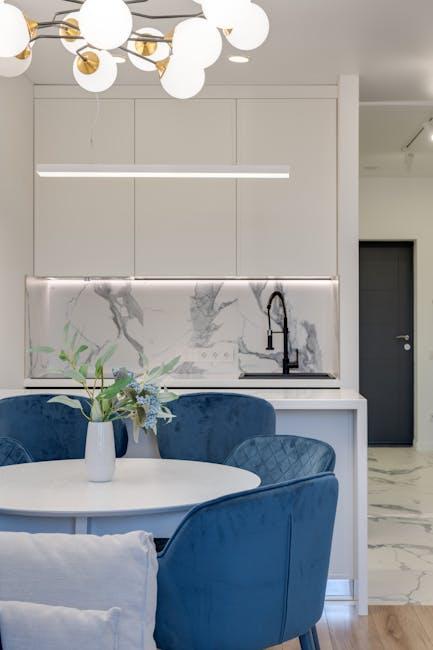
Creating an inviting and functional kitchen starts with smart lighting choices that blend form and function. Consider layering your lighting with a combination of ambient, task, and accent lights to tailor the mood and usability according to your cooking style and time of day. For instance, installing under-cabinet LED strips casts focused illumination directly on your countertops, making chopping and measuring ingredients a breeze. Meanwhile, a dimmable central pendant light can provide soft ambient glow during relaxed meal prep or vibrant brightness when tackling more complex recipes.
Enhancing your kitchen lighting further can be simplified by selecting from these practical options:
- Adjustable track lighting: Easily shift focused beams over workstations or dining areas for versatile use.
- Warm-toned bulbs: Invokes comfort, especially in the early morning or late evening cooking sessions.
- Accent lighting: Highlight open shelving or unique kitchen decor to add personality and warmth.
- Natural light harnessing: Position key prep areas near windows to maximize daylight exposure.
| Lighting Type | Best Use | Mood Effect |
|---|---|---|
| Ambient | General illumination | Soft and welcoming |
| Task | Work surfaces | Bright and focused |
| Accent | Decorative highlights | Cozy and artistic |
Insights and Conclusions
In the subtle interplay of shadows and light, our kitchens transform from mere cooking spaces into stages where creativity and comfort take center stage. The right lighting doesn’t just illuminate your ingredients-it sets the mood, inspiring every chop, stir, and sizzle. As you consider how to brighten your culinary corner, remember that the glow you choose can shape not only the dishes you create but the joy you find in the process. After all, great cooking starts with the perfect ambiance.
